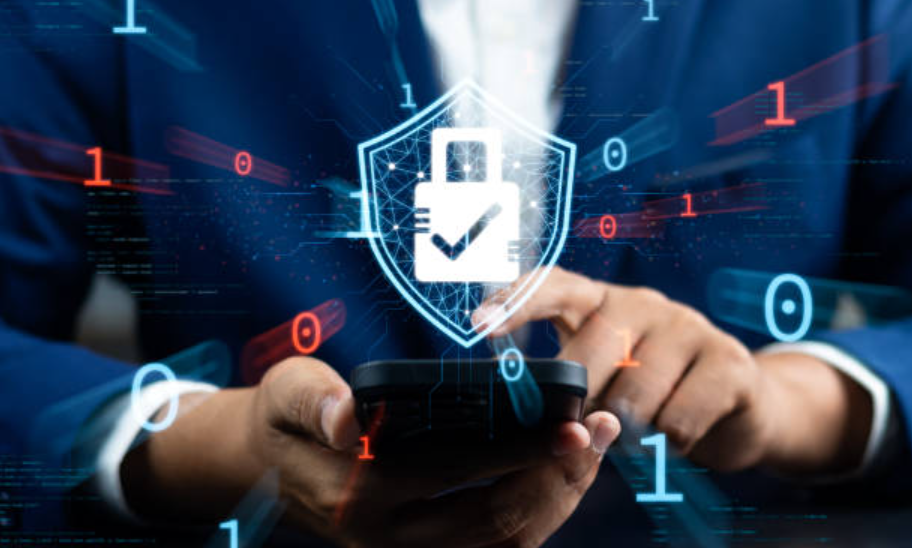
Having new potential clients onboard has always been good news for organizations because the new clients bring more money and more money means more profits for the businesses. But coins can flip on the other side if you onboard the wrong client, the person could be involved in money laundering or any other criminal activity and sanctioned by regulatory bodies.
That is the reason robust AML compliance checks are necessary for all new customers, no matter how valuable they could be. It helps businesses detect the suspicious person at an early stage.
But the question is, what should be included in the AML compliance checklist? Are there any essential components that every business should involve in the Compliance checklist
In this blog, we will discuss the top essential checklist that could be helpful for business while onboarding new clients.
Understanding the AML compliance Checklist
Every business has its own set of protocols to make sure the business is running smoothly and they do not face any hurdle. AML compliance checklists are such a predefined set of rules that help organizations follow the AML regulations, detect suspicious transactions, and report them to the relevant departments automatically.
The ultimate purpose of the AML compliance checklist is to provide a structured approach to businesses to maintain compliance with relevant laws and regulations.
Essential Components of AML Compliance Checklist
- Verify Client Identity
The most important component of any compliance checklist is to verify your customer identity.
For that, businesses need to get the basic information about the client including the real name, nickname, business or job description, source of income, and any relevant information that could help verify the identity of any customer.
If the person is a businessman, try to get the company’s details, including the address, directors of businesses, and other documents.
- Get Detailed information about Beneficial Ownership
Get detailed information about the people who are beneficial owners or partners with your client’s business. if you are in the EU, you can collect the beneficial ownership through the public register that contains the information of beneficial owners. Other than that, you can collect the important documents needed to identify the involvement of a person in any illegal activities.
- Risk Assessment
Risk identification is essential more than any other component. This assessment could be done at first where businesses have to verify customer identity. Assessing the customer risk profile could be done based on the customer’s transaction behavior, the geographical location of his business, and the people he interacts with.
- Customer’s source of income
In financial institutions particularly the banking sectors, when they onboard new clients or he/she open new accounts, the compliance team must check the client’s source of income to check whether the source of income is legal or obtained through an illegal source like corruption, embezzlement, or fraud.
To verify the funds, the compliance offices must ask the clients to provide the documents that can support the client’s source of income. It could be bank statements from the previous banking system, or the legal financial record of his business.
- Real-Time Monitoring
Knowing your customer’s background and source of income is essential but it does not mean the person will not get involved in any criminal activities like money laundering and terrorist financing.
Therefore, businesses particularly financial institutions must implement a real-time monitoring system to monitor every transaction a client makes. In case there is any unusual transaction from any of your clients, the AML system will automatically detect it in real time and report it as suspicious for further investigation from the relevant departments.
- Keeping Record of Customer Transactions
Accurate and updated data could be a game changer for businesses when it comes to mitigating money laundering activities. because it is not just to maintain the record but a regulatory requirement for nearly five years. why is it necessary. to ensure that the business not helping any criminal to launder money and will be helpful to access the record easily for auditing purposes?
- Regular Compliance Reviews and Updates
AML compliance is not a one-time activity. Businesses need to continuously monitor and stay updated with the latest changes being made in the compliance world to mitigate emerging threats. Why It Matters Regular reviews help businesses identify gaps in their AML compliance program, which helps them to remain compliant with the latest regulatory requirements and industry best practices.
Is it compulsory for every business to comply with the AML compliance checklist?
As businesses can not afford regulatory fines and reputational damage, it becomes essential for businesses to implement the AML compliance checklist into their compliance program.
The best and most adopted way to comply with the AML regulations is to implement the advanced AML software that meets your business requirements.




